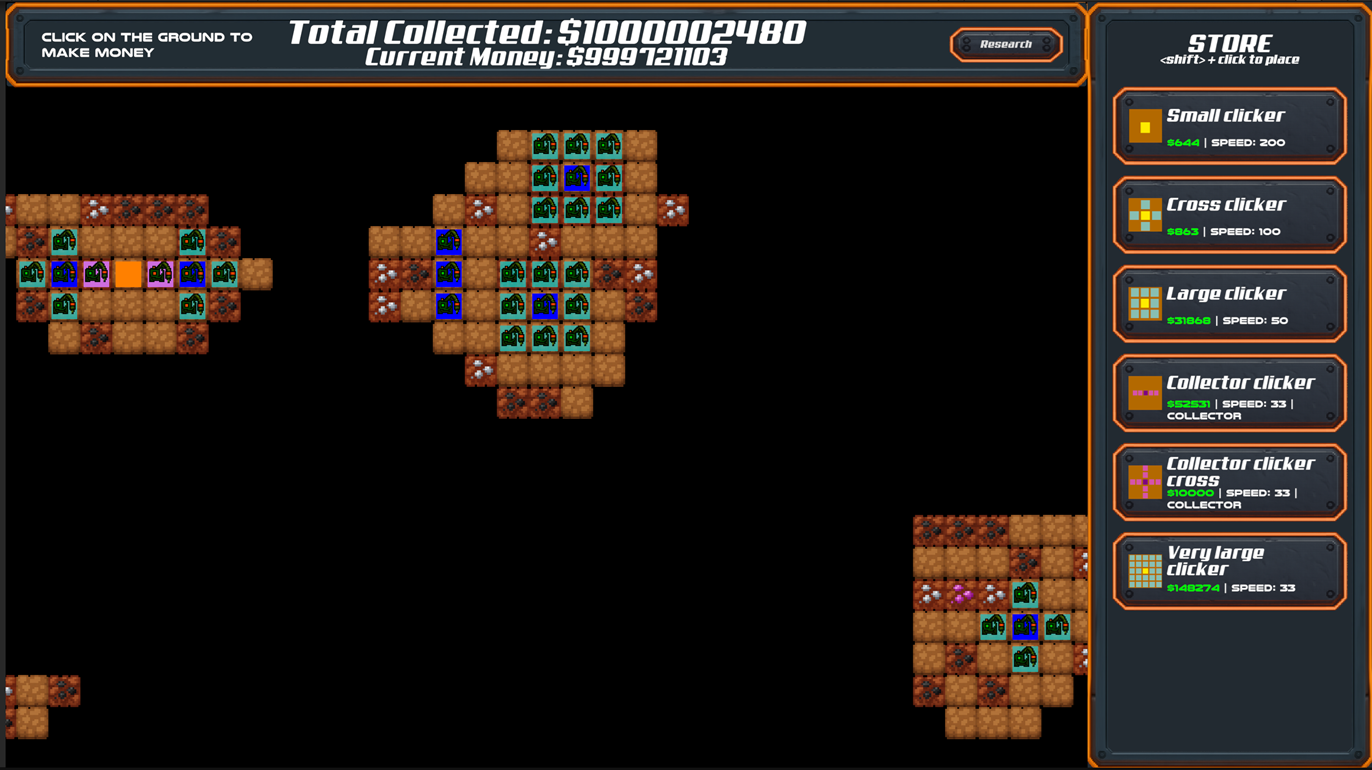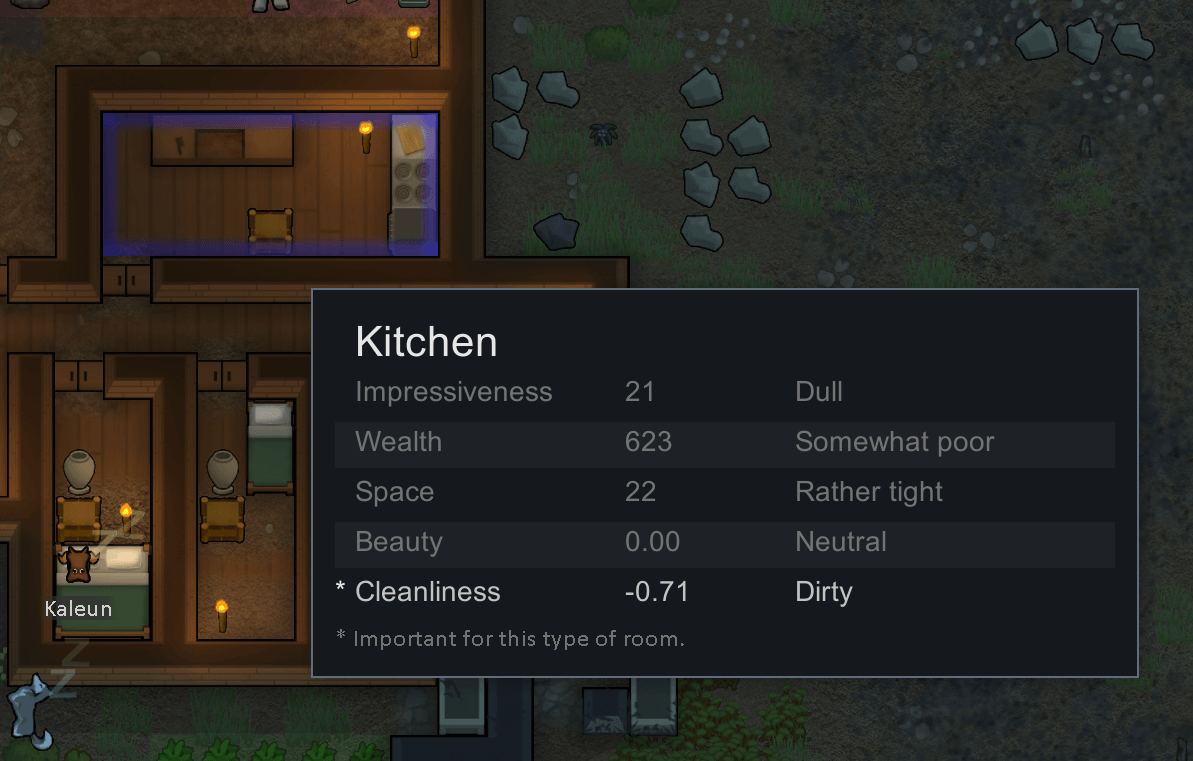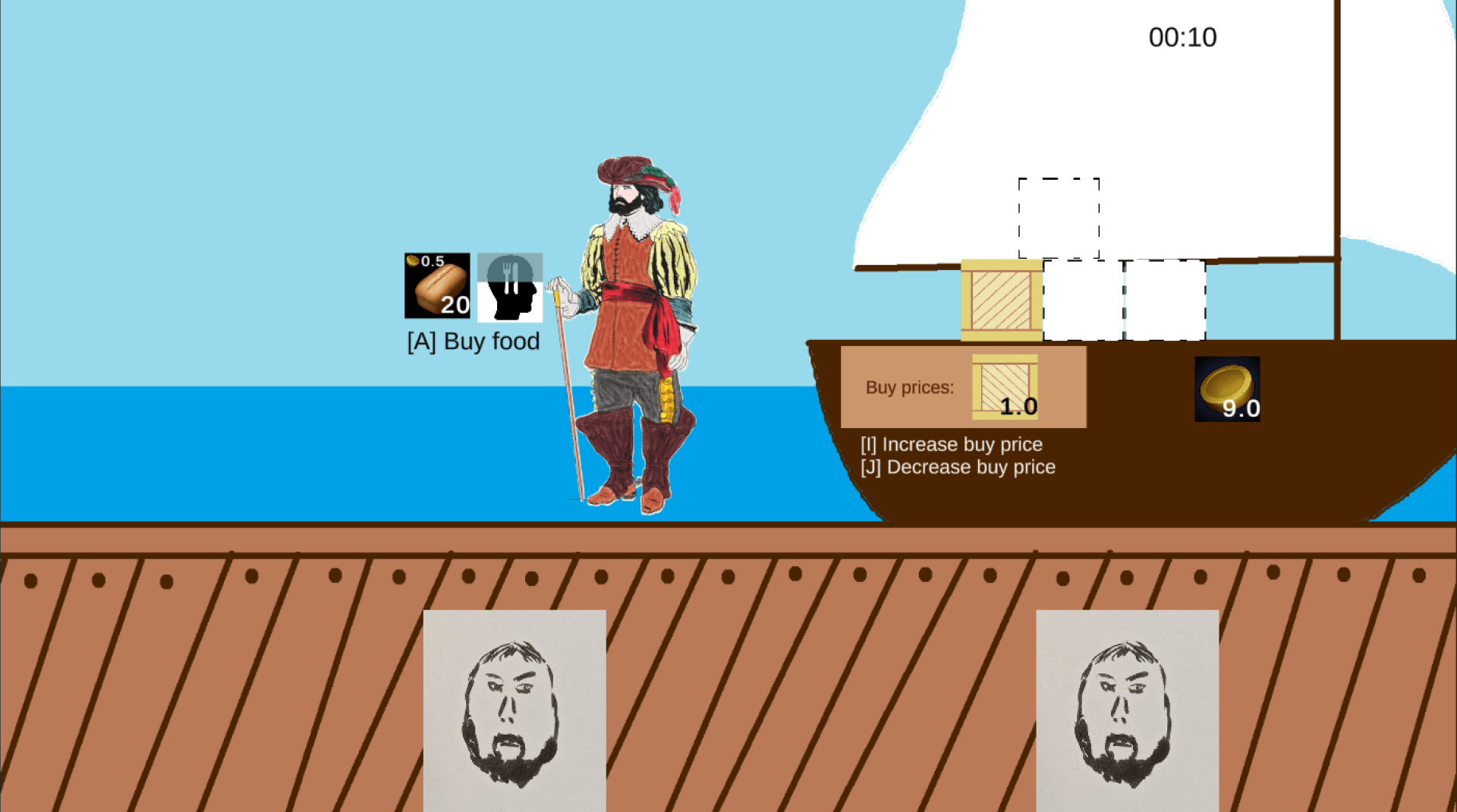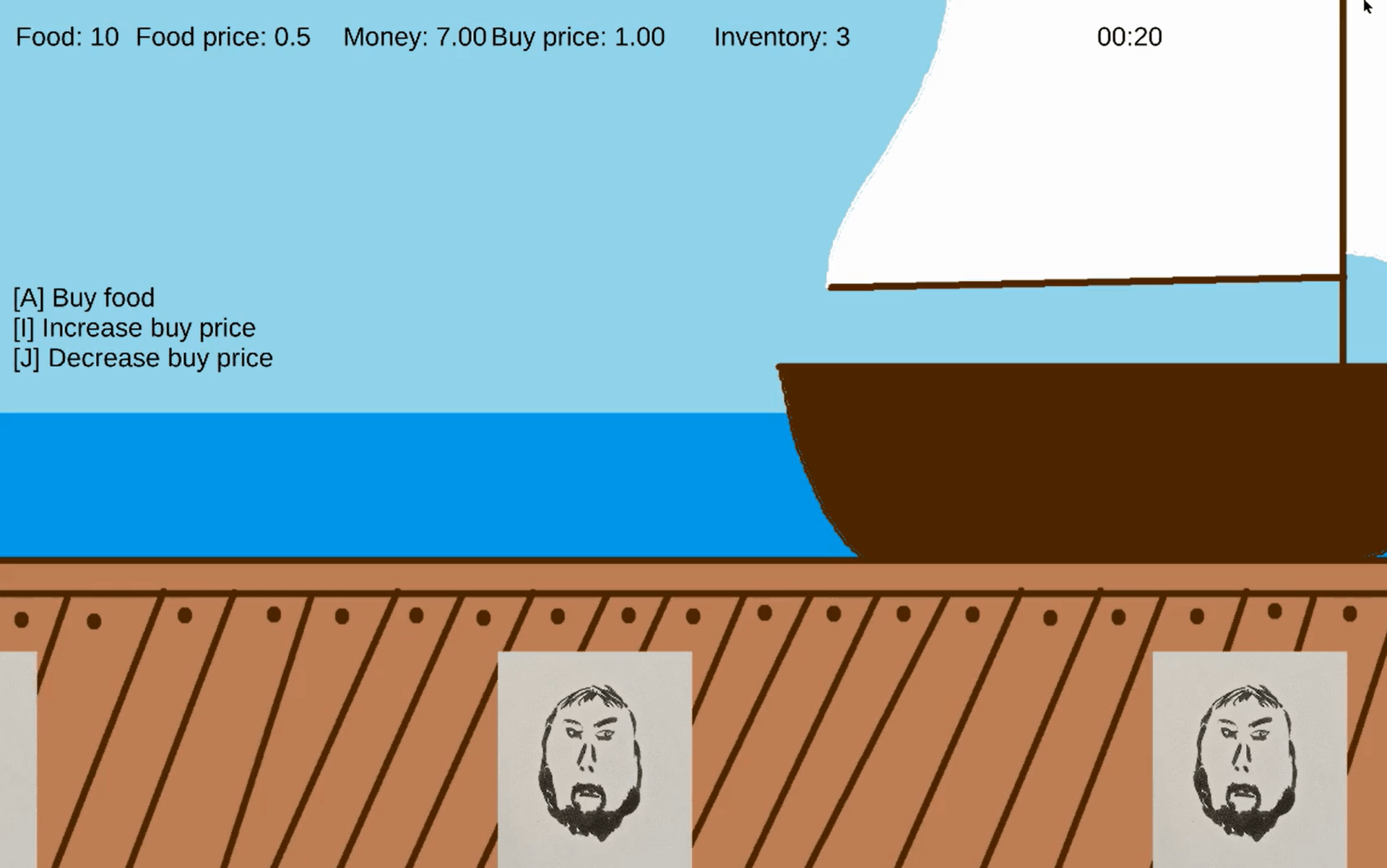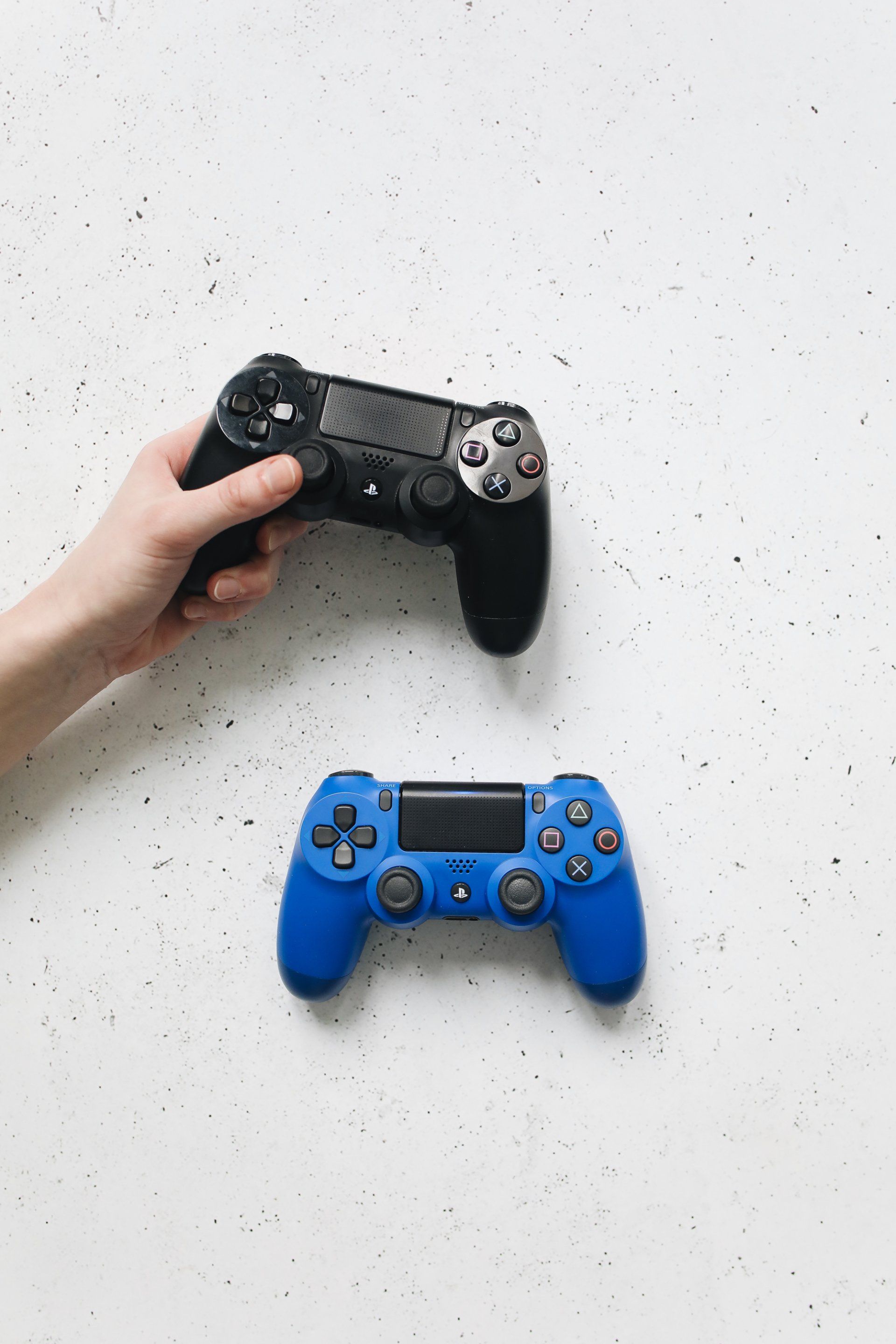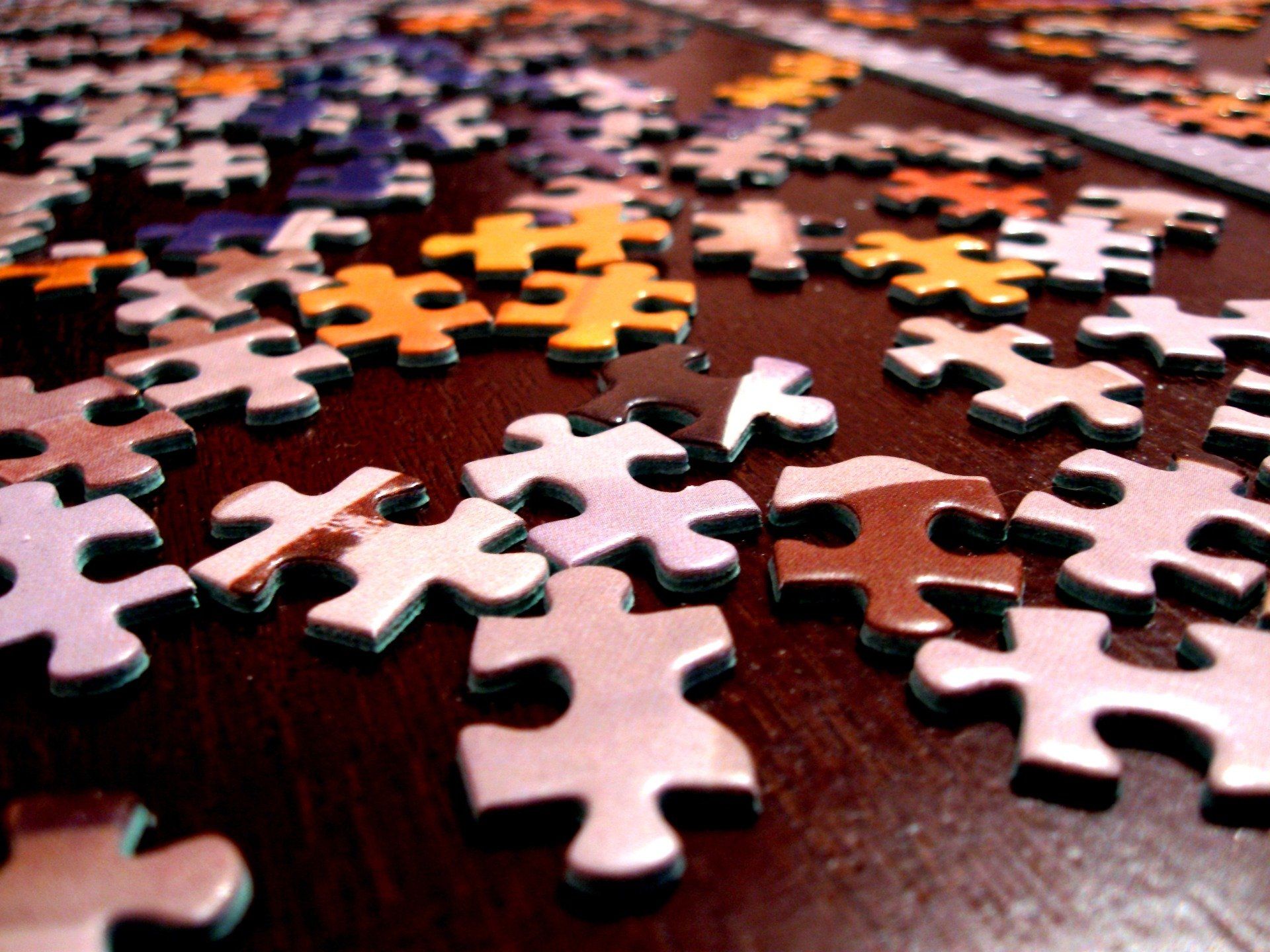All posts
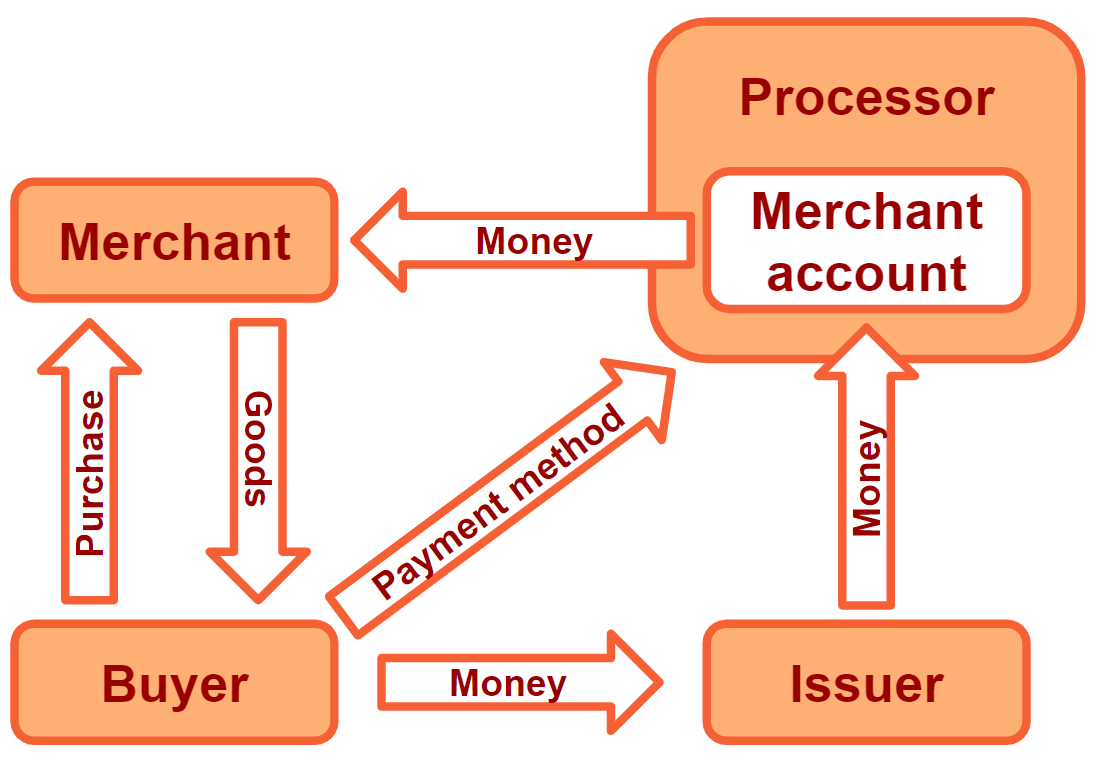
Since I started in Duda, all the features I was involved in as a product manager were related to online payments: app store, client billing, e-commerce, and membership. I was also responsible to billing Duda users under a unique and complex billing scheme. In this post, I would like to share with product managers the knowledge I gained during this time. The following is some advice from my experience. Don’t repeat my mistakes! 🙂
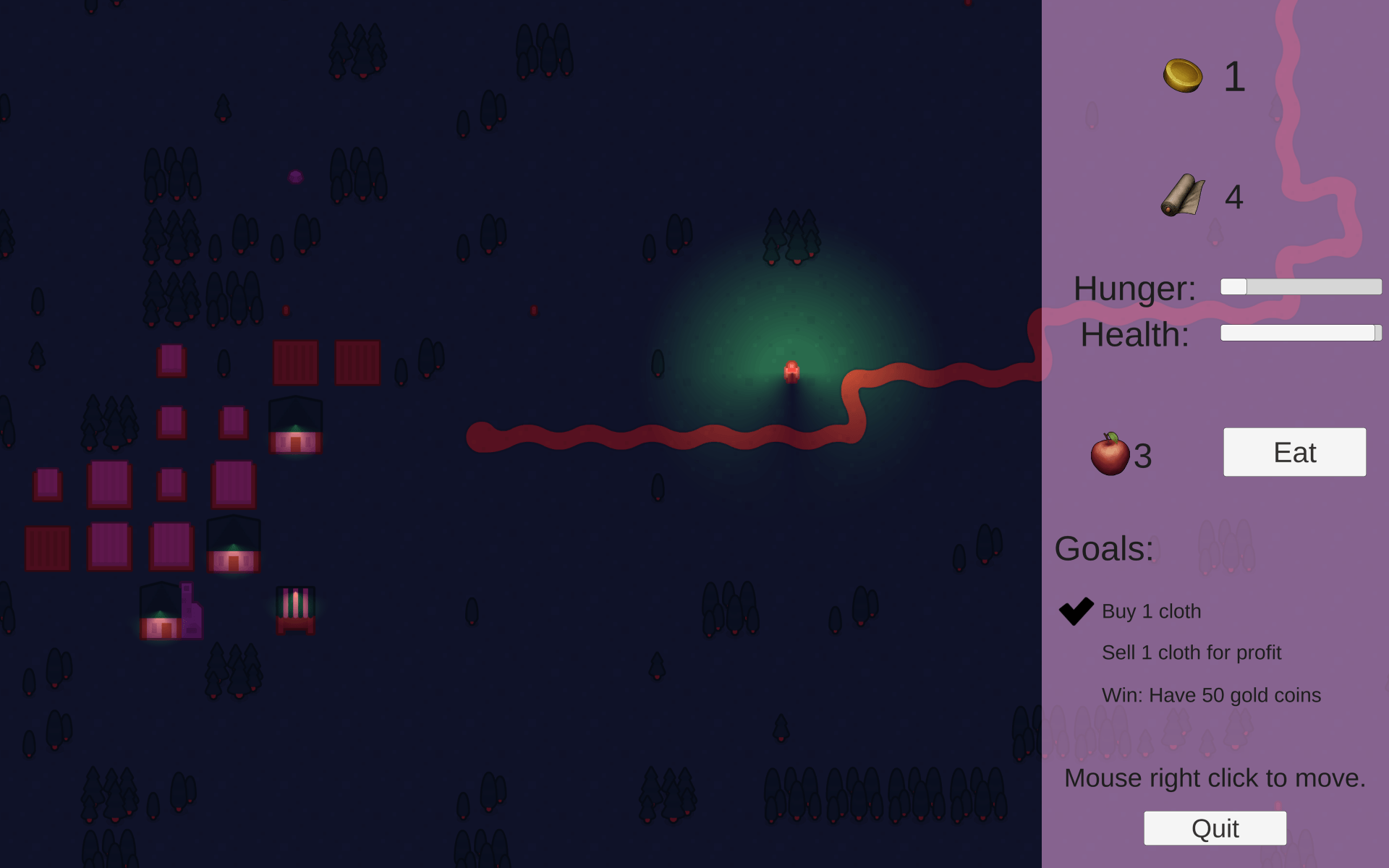
I did not post a lot in the last few days, partly because I was swept by work. I did have a lot of thoughts on the game, and applied many changes. The first thought that I started to run with, emerged a week ago. I realized that I've been too fixed on the notion that the game experience should be pretty much the same in all game phases. I think that the success of open world game like Minecraft and GTA/RDD, combined with the general way strategy games work, biased me towards the thought that as a game maker I should create some game mechanics and probably some work generation procedures, and that these should create the entire game (I think Magic Survival is a great example to this type of games.)
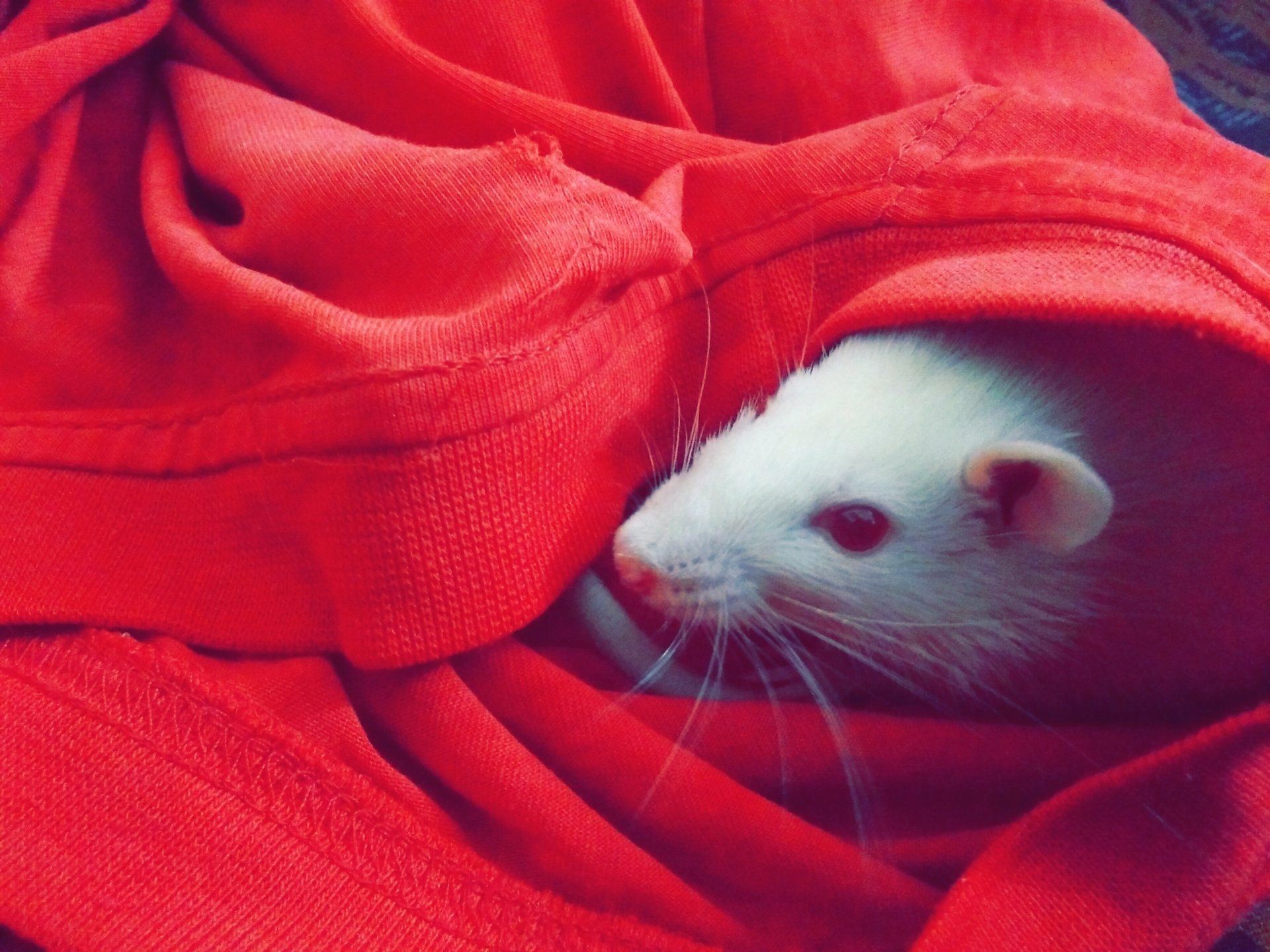
Following the user-testing , I changed the movement controls from WASD to mouse. the user points with the mouse and right clicks to set a destination. Once clicked, the avatar progress to the destination without stopping. This was not my initial intention, but a result of some logic from the WASD code. By I decided to keep is as it manifests the roguelike nature that once the player makes a decision they cannot change their mind and needs to face the consequences.
